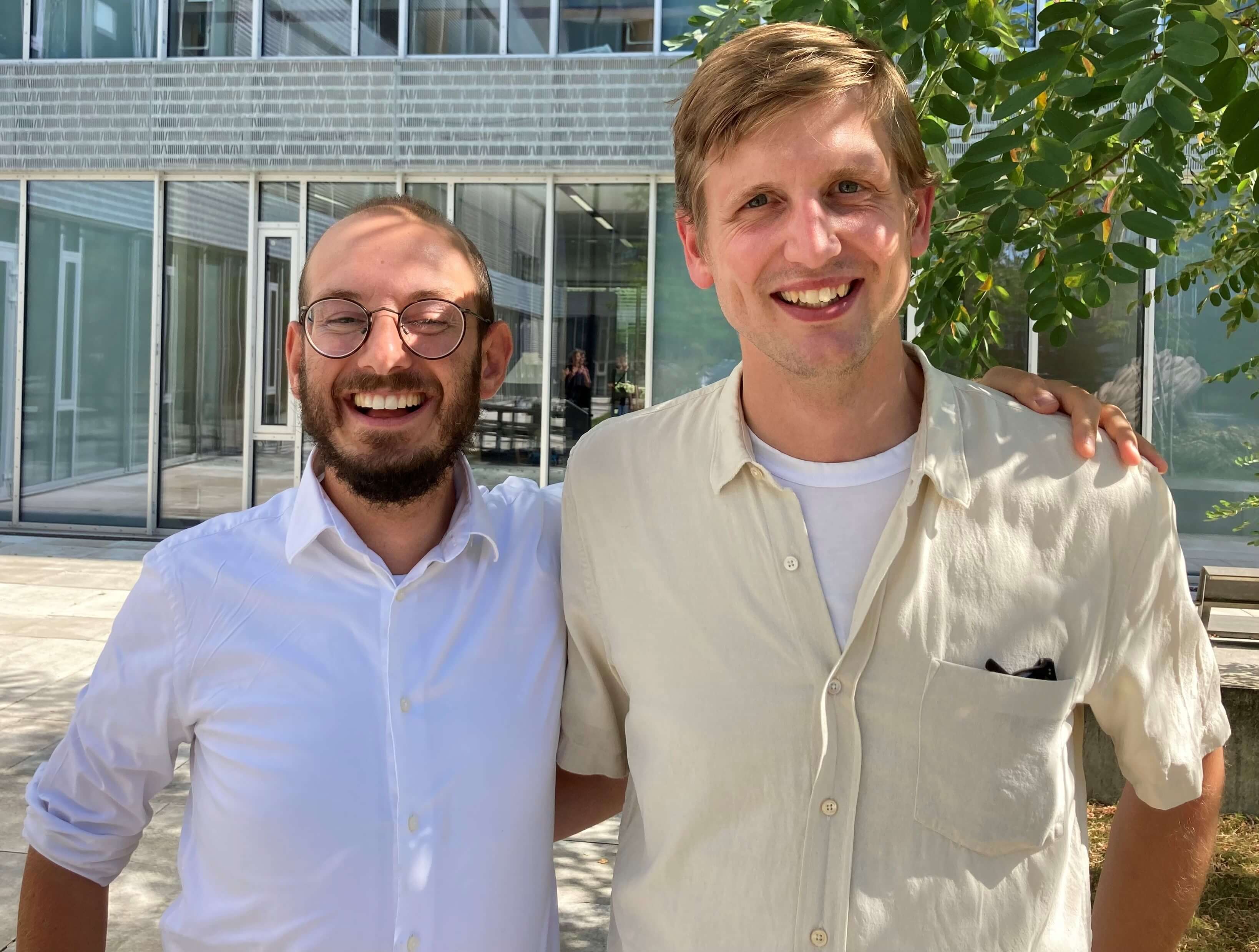New PRIVACY article published: 'Heinrich Hahn (1605-1668), A Portrait of a Lutheran Jurist at the University of Helmstedt'
The article is based on a cross-disciplinary collaboration between Privacy researchers Paolo Astorri and Søren Frank Jensen.
Find the article here. The article is published in the journal Zeitschrift der Savigny-Stiftung für Rechtsgeschichte: Kanonistische Abteilung
We have interviewed the authors Paolo Astorri and Søren Frank Jensen.

Your article has been underway for a long time, and despite the pandemic, you have now succeeded.
Congratulations!
What is your article about?
Paolo: Our article portrays the confessional identity of Heinrich Hahn, who was a law professor in Helmstedt. We analyse how he expressed religious convictions in his own writings, and how his religious profile was portrayed by others. In the article we compare one of his legal treatises to a funeral sermon for him by a preacher called Balthasar Cellarius.
Will you tell us about the making of - and journey of your joint article?
Søren: It has been quite a journey! We began more than two years ago on a research trip to Wolfenbüttel. Paolo found a funeral sermon for this rather unknown law professor from Helmstedt. We started looking more into who Hahn was and found him to be a nice case for exploring early modern relations between law and theology. Paolo approached Hahn through his legal works, and I studied the sermon from his funeral from a church historical perspective.
Paolo: Then COVID happened, and we spent the next months more or less in isolation, sending drafts and ideas back and forth. When we had a complete first draft, the rest of the Helmstedt case team read it and gave us feedback. We also presented it at a staff meeting.
Søren: Then we rewrote the draft and had more eyes on the text. Mette (Birkedal Bruun) and international core scholar Jill Bepler read sections and helped us clarify our argument. From there we submitted it to the Zeitschrift der Savigny Stiftung für Rechtsgeschichte, did more rewriting after a very thorough peer review, and then it was finally published this summer.
How was your collaboration on the article? Do you have any tips for others co-writing an article?
Paolo: It was surprisingly easy, actually! It is my impression that our disciplines go really well together. Law and theology share a focus on prescriptive or normative texts, and because law and religion were completely intermingled in the early modern period, you often need such a dual focus to understand what is going on in the sources.
Søren: I think a good tip might be to spend a lot of time speaking to each other about what you are doing. We needed to talk about our text again and again in order to establish a shared language.
Paolo: After all the talking, we needed deadlines! So we would get the writing done.
Søren, you are from Theology, and Paolo, you are from Law – how did you go about your differences and setting your different fields into motion?
Søren: The good thing about working with someone from a different field is that it makes it totally okay to ask all the stupid questions. I am not a legal historian, so I needed Paolo to explain a lot of things to me that are second nature him. I think that helped to make the article clearer.
Does your article shed new light on Privacy?
Paolo: Yes, I would say so. We explore how one’s religious identity was an integral part of public discourse in the early modern period, whereas nowadays, this would probably be considered much more private. This reminds us not to approach the historical sources and their representation of public-private dynamics through a contemporary perspective.
